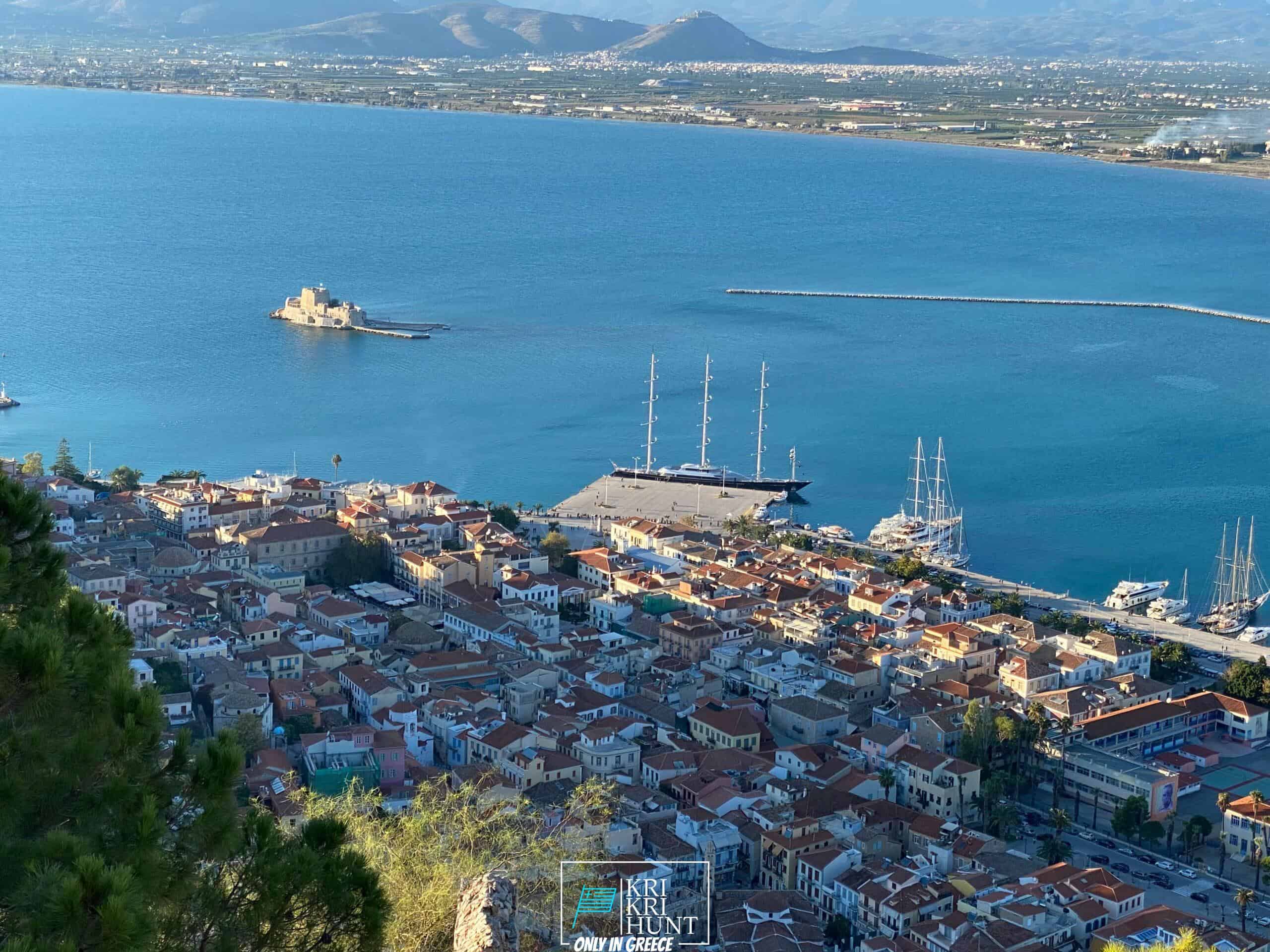Searching for Kri Kri ibex, fishing and complimentary diving on Sapientza island, Greece
Searching for Kri Kri ibex, fishing and complimentary diving on Sapientza island, Greece
Blog Article

The ibex hunt is an unbelievable trip and also amazing hunting exploration in Greece. It is not constantly a challenging search and unpleasant problems for many seekers. What else would you such as to imagine during your excursion of old Greece, diving to shipwrecks, as well as hunting for Kri Kri ibex on an unique island for 5 days?

Greece is a wonderful country for tourist, providing several possibilities for site visitors. There are several attractive islands to visit, such as Sapientza, along with social experiences as well as historical sites to appreciate. Greece is also popular for its tasty food and also wine. Whatever your passions might be, Greece has something to supply you.
When you arrive in the Peloponnese peninsula is the stunningly gorgeous landscape, the very first point you will certainly see. The mountains, rivers, woodlands, and also lakes make this location a nature fan's paradise. There are additionally plenty of possibilities for hiking, angling, swimming, as well as other outdoor activities. The Peloponnese peninsula is not simply regarding its all-natural elegance; there are also countless historical and social websites to discover. Do not neglect likewise fishing, free-diving and searching. A few of the most prominent visitor locations in the Peloponnese consist of old Olympia, Epidaurus, Mycenae, as well as Sparta. These locations offer a fascinating peek into Greece's rich history and culture. If you have an interest in learning more regarding Greek folklore, after that you will certainly intend to go to Mount Olympus, residence of the 12 Olympian gods. Naturally, no trip to Greece would certainly be full without attempting some of the tasty food. The Peloponnese peninsula is home to some of the very best olive oil in the world in addition to feta cheese, olives, honey, and a glass of wine. See to it to try several of the neighborhood specializeds such as dolma (packed grape leaves), Souvlaki (smoked meat skewers), as well as Gyro (meat wrapped in pita bread).
If you are searching for Kri Kri ibex quest and also unforgettable trip location, look no more than the Sapientza island in Greece. With its spectacular natural charm, delicious food, as well as rich society, you will not be disappointed. Book one of our searching and visiting Peloponnese Tours from Methoni today, dot forget your prize Kri Kri ibex!
What is the diference between Kri Kri ibex, Bezoar ibex and hybrid ibex
The kri-kri is not thought to be indigenous to Crete, most likely having been imported to the island during the time of the Minoan civilization. Nevertheless, it is found nowhere else and is therefore endemic to Crete. It was common throughout the Aegean but the peaks of the 8,000 ft (2,400 m) White Mountains of Western Crete are their last strongholds–particularly a series of almost vertical 3,000 ft (900 m) cliffs called ‘the Untrodden’—at the head of the Samaria Gorge. This mountain range, which hosts another 14 endemic animal species, is protected as a UNESCO Biosphere Reserve. In total, their range extends to the White Mountains, the Samaria National Forest and the islets of Dia, Thodorou, and Agii Pandes.
This Ibex is NOT a diminutive form of the Bezoar Ibex, which has migrated into the western-most reach of the range of this species. The kri – kri (Capra aegagrus cretica), sometimes called the Cretan goat, Agrimi, or Cretan Ibex, is a feral goat inhabiting the Eastern Mediterranean, previously considered a subspecies of wild goat. The kri-kri has a light brownish coat with a darker band around its neck. It has two horns that sweep back from the head. In the wild they are shy and avoid tourists, resting during the day. The animal can leap some distance or climb seemingly sheer cliffs.
“The agrimi goat Capra aegagrus cretica is unique to Crete and its offshore islands. It has been identi®ed as a sub-species of the wild bezoar goat Capra aegagrus aegagrus Erxleben, 1777, which it closely resembles in horn shape, body form and coloration. This classi®cation has been disputed by some researchers who claim that the agrimi are feral goats, derived from early domestic stock brought to the island by the ®rst Neolithic settlers. In order to clarify this issue, DNA analyses (cytochrome b and D loop sequences) were carried out on tissue of live and skeletonized agrimi and compared to sequences of wild and domestic caprines. Results conclusively show the agrimi to be a feral animal, that clades with domestic goats (Capra hircus) rather than with wild Asiatic bezoar. This study demonstrates that morphometric criteria do not necessarily re¯ect genetic af®nities, and that the taxonomic classi®cation of agrimi should be revised.”
Report this page